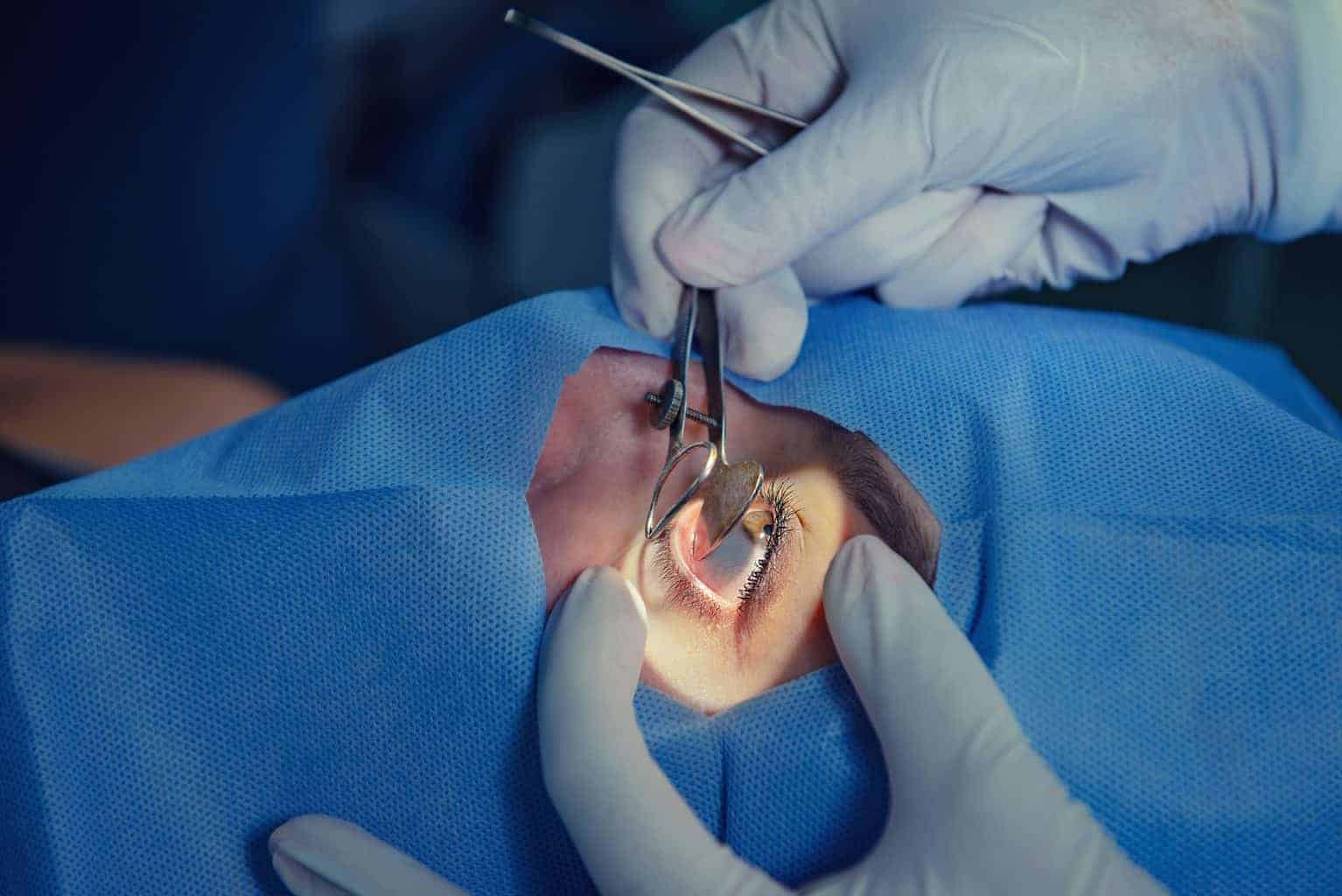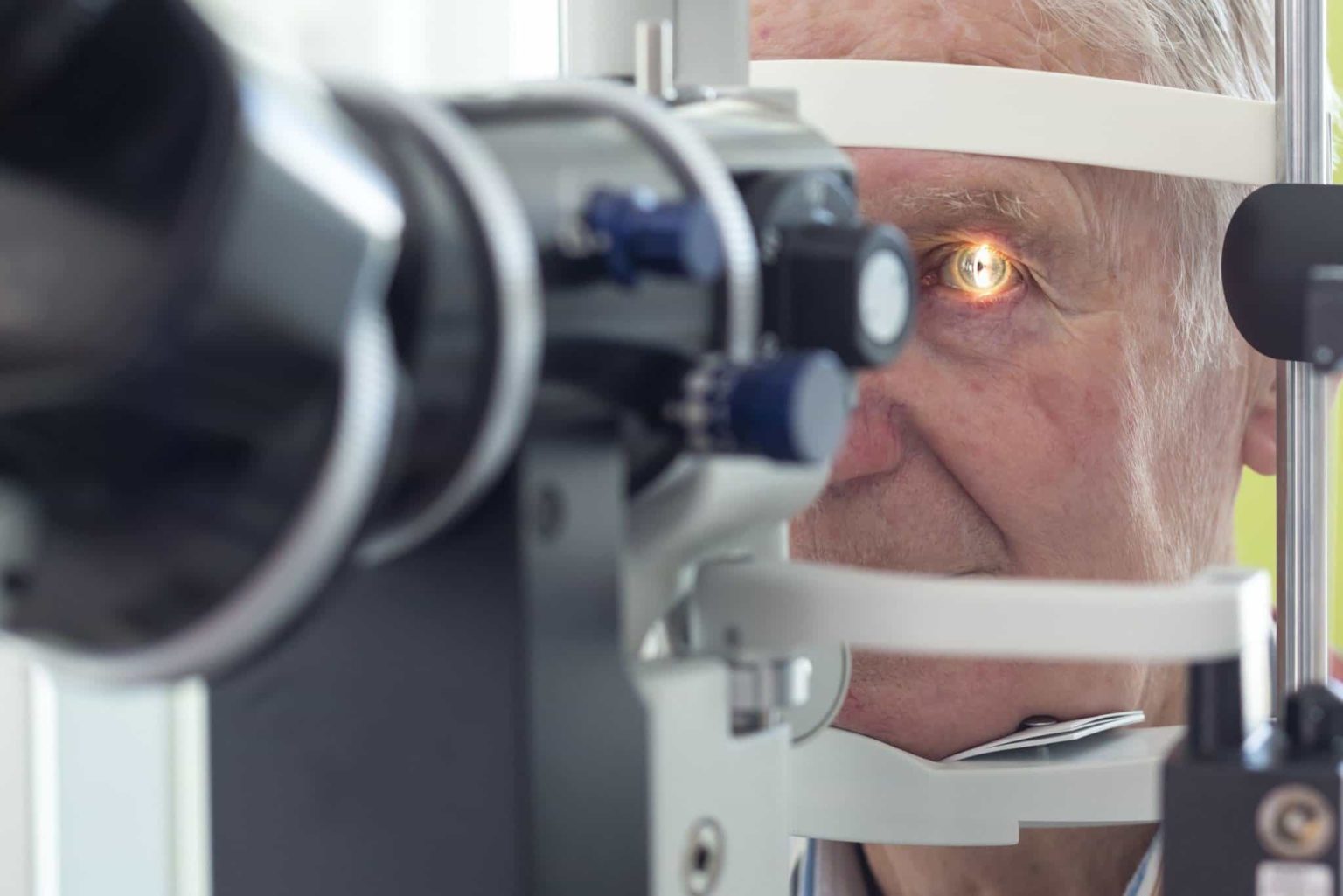Globally, cataracts are the leading cause of blindness, accounting for no less than 51% of all cases of world blindness which represents at least 20 million people. Furthermore, it is rather unfortunate that about 54 million individuals, the majority of whom are in developing countries suffer from moderate to severe visual impairment as a result of cataracts. We listed at least 7 facts about cataracts that you need to know.
But what is a cataract? A cataract refers to opacification or clouding of the eye lens leading to loss of vision as it becomes increasingly difficult, if not impossible for light rays from objects in view to passing through the opaque lens before being focused on the retina at the back of the eye. The lens of the eyes is essentially made of lens protein and water and several factors can cause denaturation of that protein and lead to opacification or whitening of the lens much similar to how egg albumin turns white when boiled.
7 Facts About Cataracts

1. Advanced age is the single most important risk factor for cataracts
Age-related or senile cataract accounts for most cases of cataracts. It is estimated that about 50% of people will have a cataract by age 65 years and nearly everybody over 75 years has some cataracts. But why is it so? The natural lens of the eyes is made up of protein fibers arranged in such a way that it is crystal-clear and permits light to pass through. However, with increasing age, these proteins clump together and cloud small areas of the lens making it difficult to see.
2. It is possible to be born with cataracts
Unfortunately, some babies are born with cataracts. This type is referred to as congenital cataracts. It can occur as a result of some infectious conditions in the mother during pregnancy such as rubella, chickenpox, syphilis, and cytomegalovirus, among other causes. Similarly, congenital cataracts can result from genetic disorders in Down’s syndrome (Trisomy 21) and Turner’s syndrome (Monosomy XO).
3. Cataracts cannot spread from one eye to the other
Some folks have the erroneous impression that cataracts can spread from one eye to the other. Scientifically, this is not true. However, cataracts can affect either or both eyes simultaneously or at different times.
4. Cataracts may manifest in several ways
If you have cataracts, you may notice a whitish area within the black of your eyeball. It’s actually an opacified cataractous lens behind the dark iris of the eye. Other common symptoms include a cloudy or blurry vision which may produce double or multiple images of the same object. Colors may appear faded and glare is common in which case light sources appear too bright. Sometimes, a halo or rainbow may appear around light sources.
5. Several risk factors may predispose to cataracts
Certain diseases like diabetes, hypertension, and malnutrition can make an individual more likely to experience cataracts. Also, dangerous habits like heavy alcohol intake and smoking may also contribute to cataract formation. It has also been shown that blunt trauma to the eyes leads to swelling, thickening, and whitening of the lens fibers resulting in cataracts. Excessive exposure to ultraviolet radiation and steroid use may induce cataracts.
6. Cataract surgery is one of the most perfected surgeries in the world
If you experience significant impairment in vision from cataracts and this interferes with your daily activities, why not opt for cataract surgery and have the cataractous lens removed and replaced with an intraocular lens? In well-equipped centers, these procedures have remarkably high success rates and the patient can usually return home on the same day, although he is advised not to drive. Available surgical options include phacoemulsification, extracapsular cataract extraction (ECCE), Small Incision Cataract Surgery (SICS), and intracapsular cataract extraction (ICCE).
7. You can cut down your risk of cataracts
An individual is less likely to develop cataracts if he avoids risk factors such as excessive drinking, smoking, and exposure to ultraviolet light. For instance, by wearing ultraviolet-protective sunglasses, you may slow down the development of cataracts. In the same vein, regular consumption of fruits and vegetables rich in powerful antioxidants like lutein, zeaxanthin as well as vitamins A, C, and E may cut down your cataract risk.


